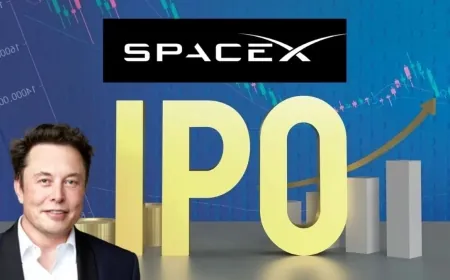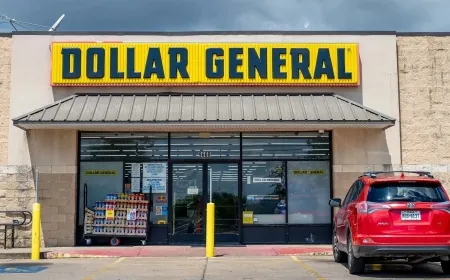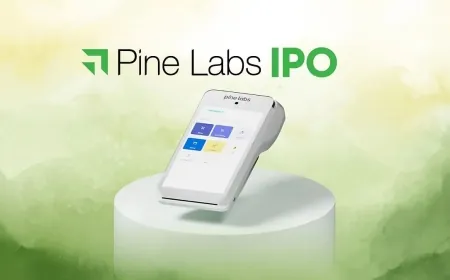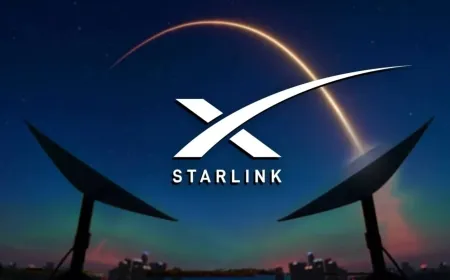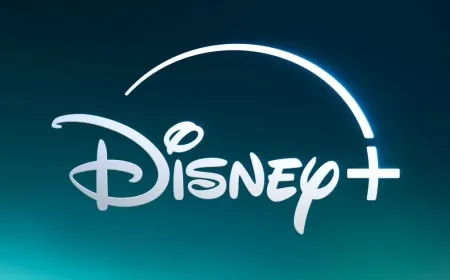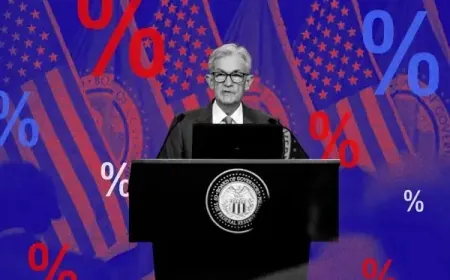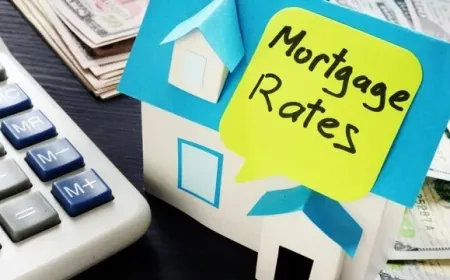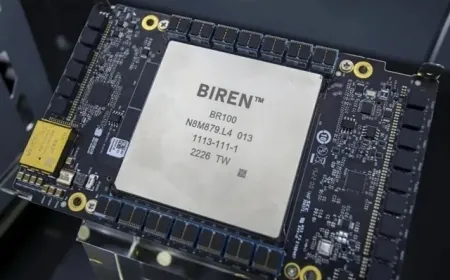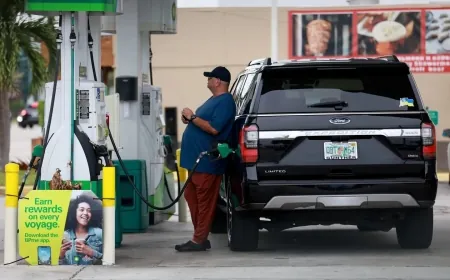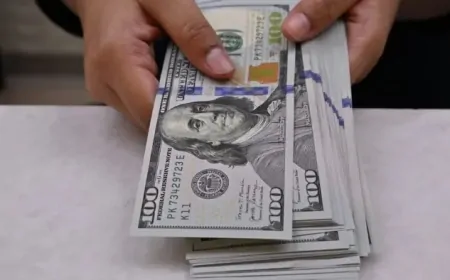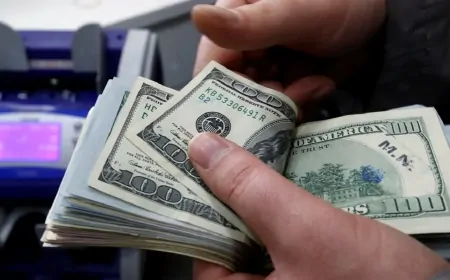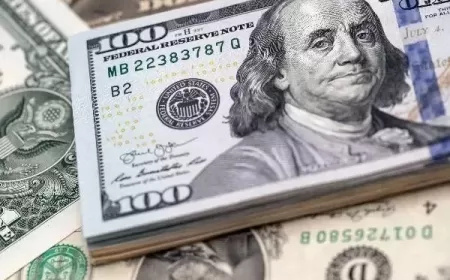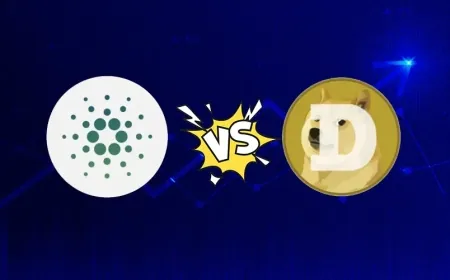Ripple Partners With Mastercard and Gemini to Use RLUSD Stablecoin for Credit Card Settlement
Ripple teams up with Mastercard, Gemini, and WebBank to test RLUSD for U.S. credit card settlement on the XRP Ledger, pending regulatory approval from U.S. authorities.
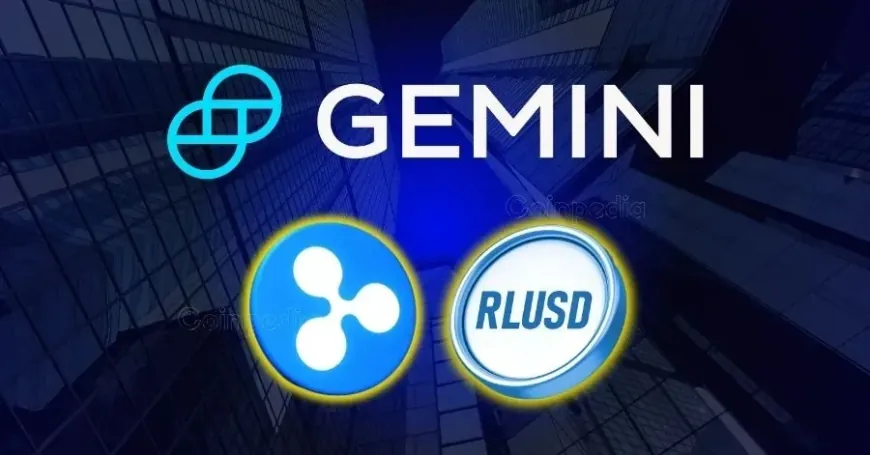
Ripple has announced a partnership with Mastercard, Gemini, and WebBank to test the use of its RLUSD stablecoin in settling U.S. dollar–denominated credit card payments. The program will use the XRP Ledger (XRPL) as a settlement network and will begin once regulatory approval is obtained.
Ripple said the collaboration is designed to test how blockchain-based settlement can support faster fund transfers and clearer liquidity tracking between payment processors and issuing banks.
A company spokesperson said all partners are working “under a regulated framework” and will proceed only once U.S. financial regulators grant approval.
How the Integration Will Function
Under the plan, Mastercard’s network and WebBank, which issues the Gemini Credit Card, will use RLUSD to clear part of the transaction settlement process.
The front-end experience for customers will remain the same — users will still make payments in fiat — but the interbank clearing and settlement will occur through the XRP Ledger instead of traditional bank rails.
The project builds on an earlier partnership between Ripple and Gemini, which launched a crypto rewards credit cardtied to XRP earlier this year. That card allows customers to earn XRP tokens on purchases, rather than cash or points.
In this new pilot, all Gemini Credit Card products, including versions linked to Bitcoin and Solana, could eventually settle transactions in RLUSD on the XRPL once testing begins.
Ripple said using RLUSD for settlement could shorten clearing times from multiple business days to near real-time, improving liquidity between issuers and networks.
Stablecoin Structure and Oversight
RLUSD, Ripple’s U.S. dollar–backed stablecoin, launched in December 2024 on both Ethereum and the XRP Ledger. It now holds a market capitalization above $1 billion, making it the 11th-largest stablecoin globally, according to DeFiLlama data.
The token is regulated by the New York Department of Financial Services (NYDFS), with BNY Mellon serving as custodian for the dollar reserves.
Ripple has positioned RLUSD as a regulated settlement asset for banks, payment networks, and tokenized asset platforms.
In September 2025, RLUSD was added to Securitize’s institutional tokenization platform, where it began being used in the exchange of tokenized money market funds.
Mastercard and Gemini’s Role
Mastercard has spent several years testing blockchain settlement layers and tokenized deposits within its own network infrastructure.
The company said this collaboration with Ripple will help evaluate how regulated stablecoins can function within its settlement systems without altering how customers use their credit cards.
Gemini and WebBank will support the pilot’s banking and card issuance functions. Gemini’s credit cards currently offer rewards in several cryptocurrencies, and this pilot would add RLUSD as the settlement currency on the back end.
Ripple said the approach could give card issuers “greater transparency and faster reconciliation between institutions” while maintaining full compliance with U.S. financial rules.
Ripple’s Financing and Regulatory Position
Ripple recently secured $500 million in new capital at a $40 billion valuation, a funding round it said will help strengthen compliance operations and build regulated payment infrastructure in the U.S.
The company described the RLUSD pilot with Mastercard and Gemini as part of its plan to demonstrate that stablecoins can operate safely within existing banking rules, not outside them.
Unlike offshore stablecoins such as USDT, RLUSD is fully backed by U.S. dollar reserves held with BNY Mellon and operates under a license from the New York Department of Financial Services (NYDFS).
This structure allows the token to be used by banks and card issuers that cannot hold or settle transactions in unregulated assets.
Trading data showed XRP, the digital asset associated with Ripple’s settlement network, at $2.26, down 2.6% over 24 hours.
Ripple has repeatedly stated that RLUSD and XRP serve separate purposes: XRP functions as a bridge asset for cross-border transfers, while RLUSD is designed as a stable settlement currency for banks and payment firms.
If the Mastercard and WebBank integration proceeds, it would mark the first deployment of a U.S.-regulated stablecoin for mainstream credit card clearing, a development that could push other issuers to adopt similar on-chain settlement models.
Also Read: Ripple Escrows $1.5B in XRP as Token Turns 13 — Price Drops 7% in 24 Hours





